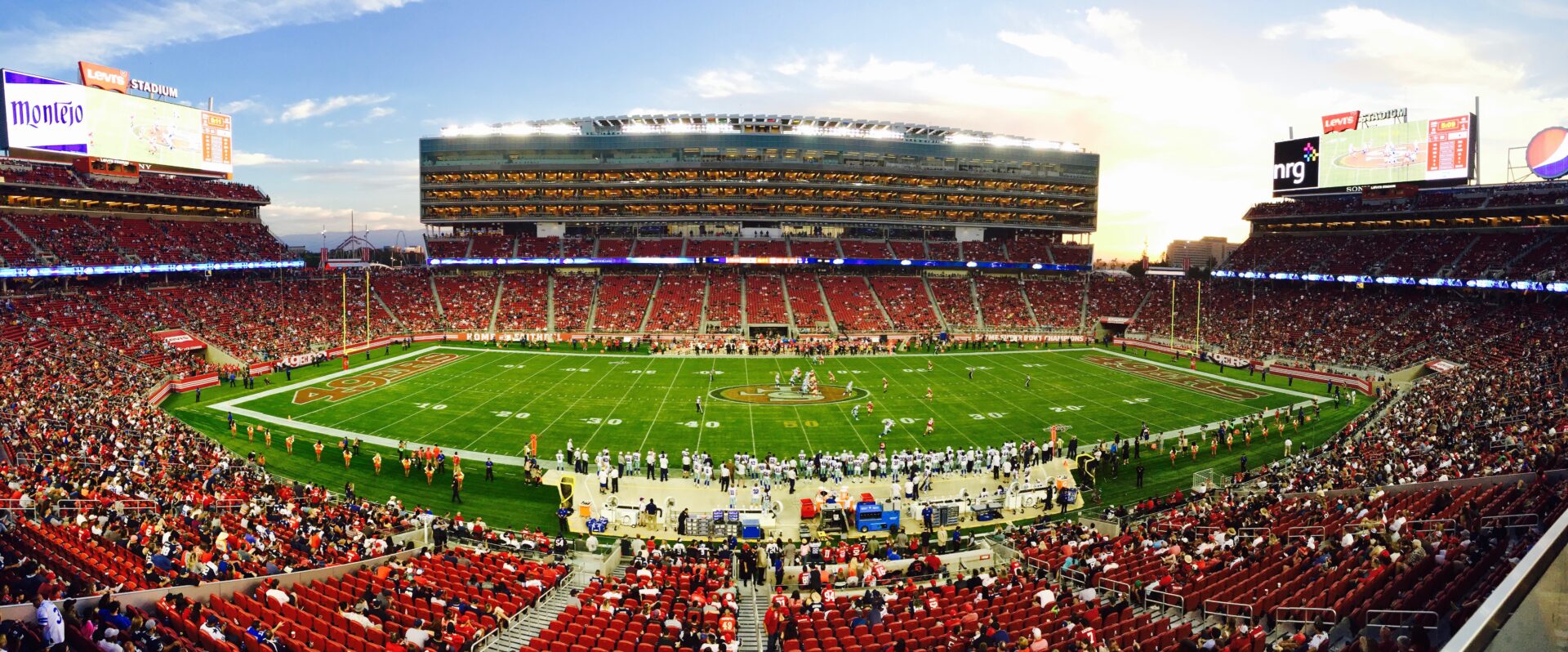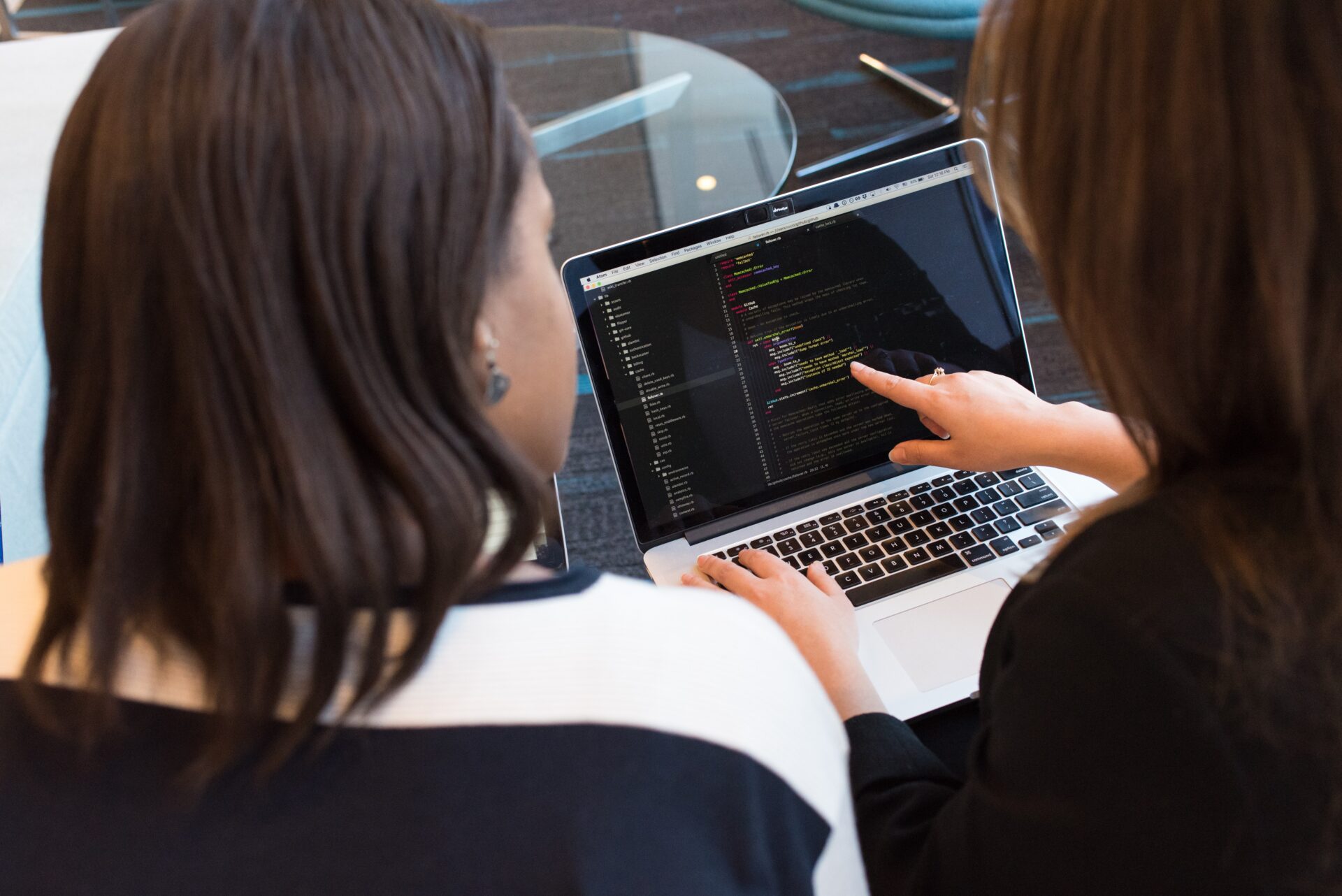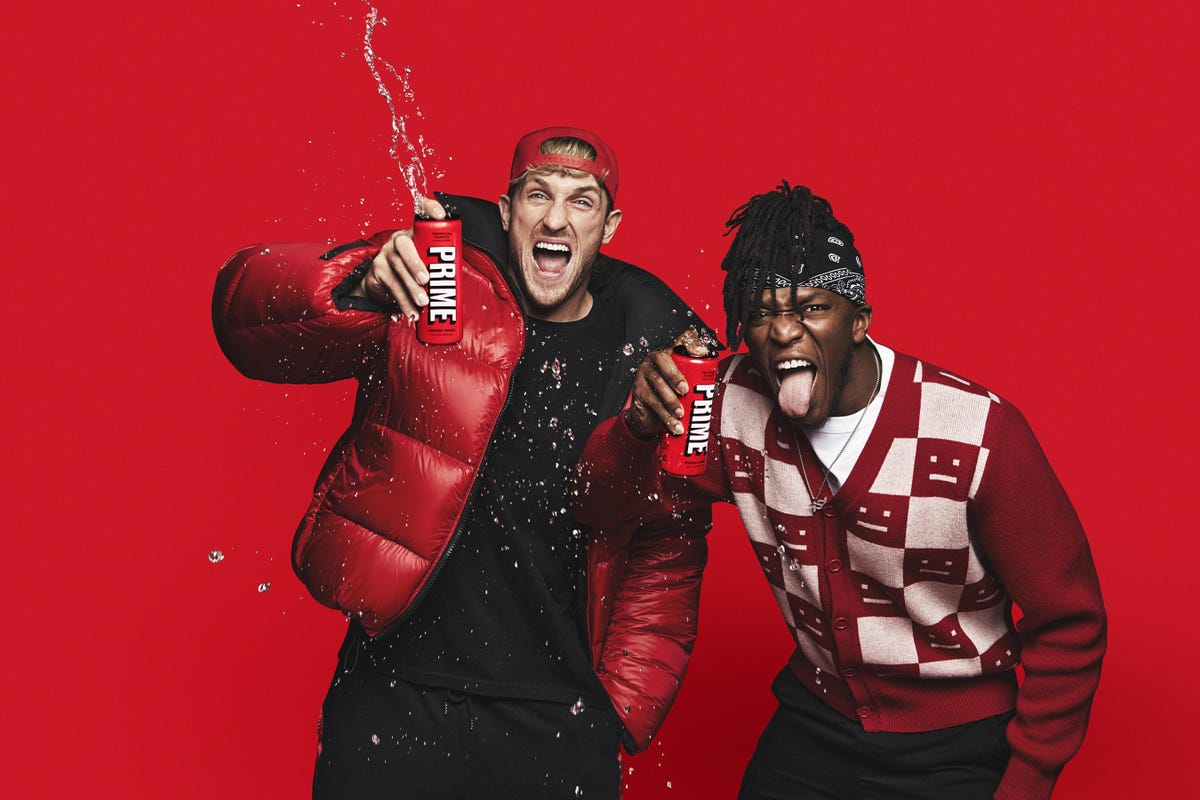
The significance of this year’s annual Superbowl advertising showcase is perhaps not as it seems. The industry takeaway has undoubtedly been that there was an unprecedented number of celebrity appearances, and there were (to an unprecedented degree), with the highest-earning entertainers in the world (and their agents) clearly making hay while the Arizona sun shone. Ben Affleck, Serena Williams, Dave Grohl, Peyton Manning, Melissa McCarthy, Will Ferrell, Steve Martin, Alicia Silverstone, Bryan Cranston, John (Hamm and Travolta). The list is endless but what does this tell us?
Celebrities controlling the Superbowl ads creatively
We have known for years that putting products into the hands of expensive talent works well and potentially more demonstrably than other approaches. In the same way that Tom Cruise (about the only actor not in an ad this year) delivers a measurable box office return, so Ferrell and Co can be presented to clients as a guaranteed return on a considerable investment.
“But what will they be doing?” – asks the client, and here is the problem:
The ideas (remember them?) become dictated by what the celebrity and their agent are willing to agree to do. Creatively, the tail wags the very expensive dog. Alicia Silverstone reboots her Clueless performance, Travolta revisits T-Birds for T-Mobile, and Bryan Cranston and Aaron Paul break old ground cooking-up popcorn in their mobile meth van. The pattern begins to reveal itself with brands looking backward, in a star-studded postmodern visual jukebox of self-referential borrowed interest.
The significant thing about this year’s Superbowl ad break is not the plethora of famous faces, it’s the noticeable absence of juicy creative ideas.
In rewatching the spots you can clearly see that most of the concepts are entirely dictated by the casting decision. At $7 million per 30 seconds, one could argue that there are about seven million reasons why it makes sense to play it safe, but with such a huge and engaged audience (for once not able to skip blithely past your ad), the internationally celebrated Superbowl still represents an unmissable opportunity to show the western world what you are about and to potentially make advertising history.
Take these three classics:
Classic Superbowl Ads
Apple – ‘Macintosh Computer’ Superbowl Ad
Ridley Scott’s Apple ad introducing Apple’s Macintosh computer in 1984, which was based on Orwell’s book of the same name. 40 years on and they are the third biggest privately owned company on the planet.
Old Spice – ‘The Man Your Man Could Smell Like’ Superbowl Ad
Not only was this an amazing relaunch of Old Spice, but it also garnered thousands of copycat ads in the process. This was filmed ingeniously with a perfect script, delivered by a relatively unknown actor who didn’t outshine the product.
Reebok – ‘Terry Tate Office Linebacker’ Superbowl Ad
The Reebok ‘Terry Tate’ ad of 2003 has to be my personal favourite non-celebrity-driven Superbowl ad. If nothing else, because the idea is so simple, they could pitch it in two words: ‘Office Linebacker’.
Ultimately, the most timeless commercials are remembered for the brands that were made famous by them, and not for the stars who shone (however brightly Rihanna might suggest) upon them.








Recent Comments